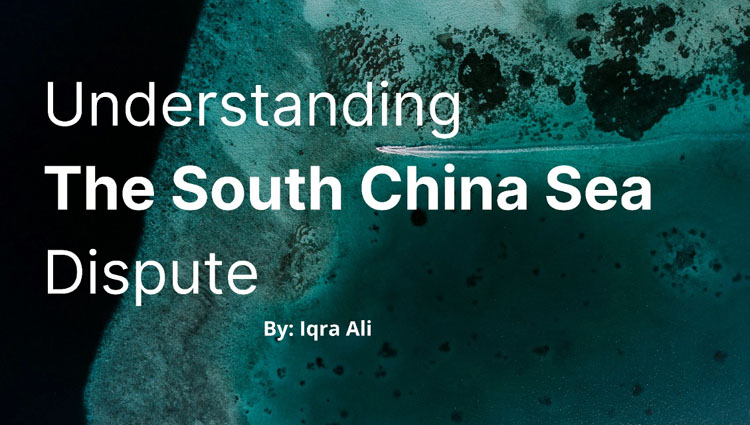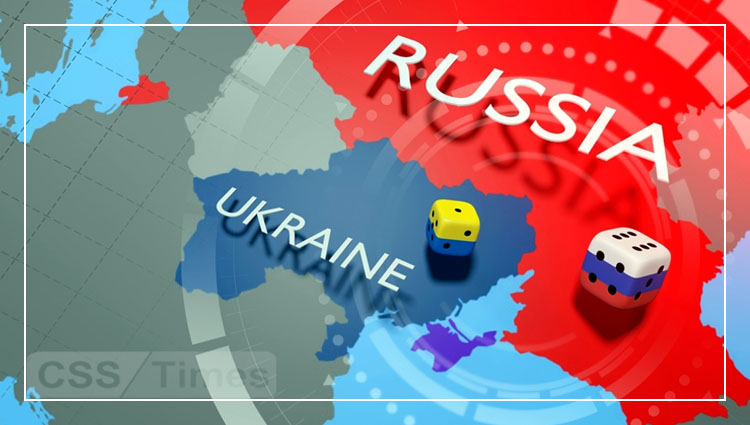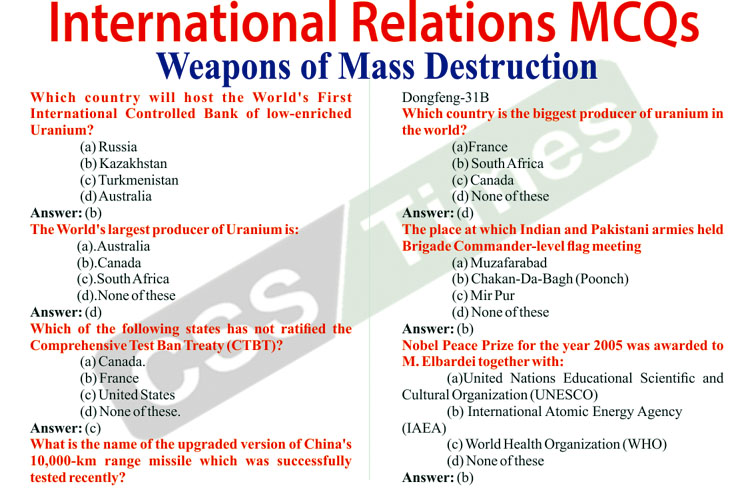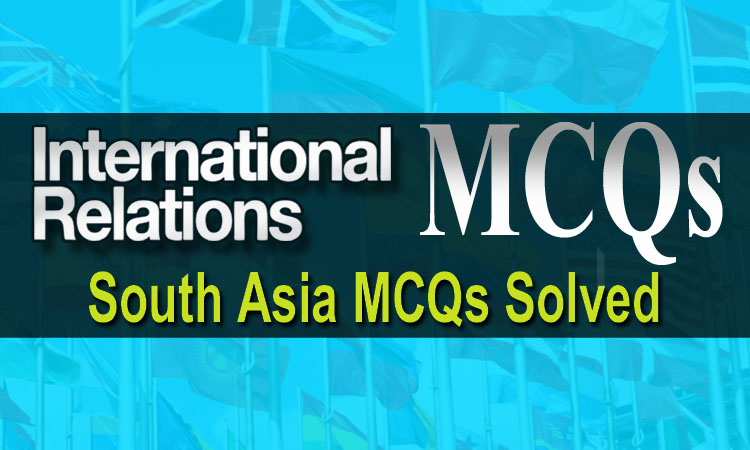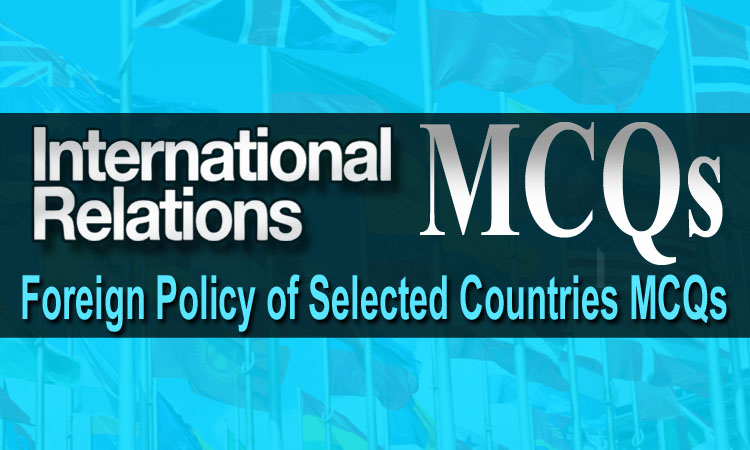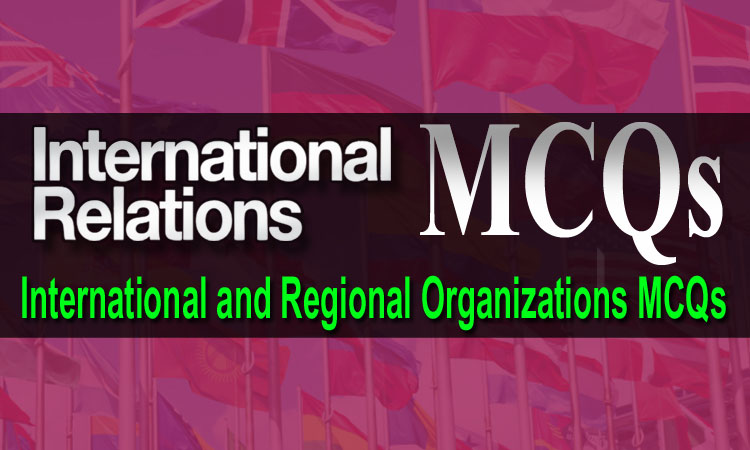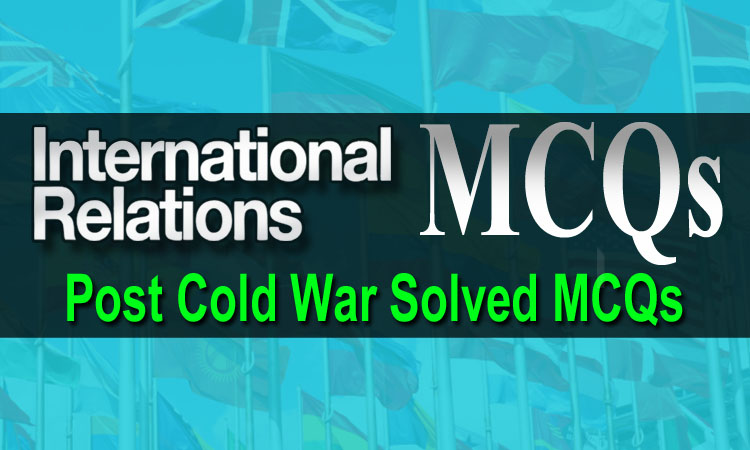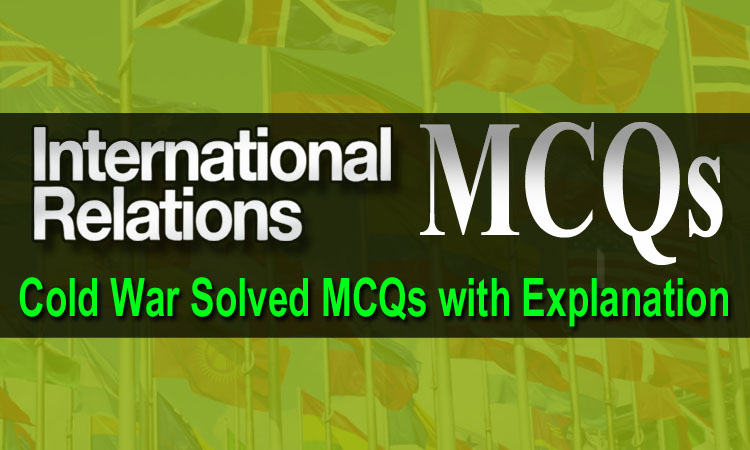The South China Sea (SCS)– one of the most strategically critical maritime territories globally- has become an apple of discord between the People’s Republic of China and its neighbours, including Brunei, Indonesia, Malaysia, the Philippines, Taiwan, and Vietnam. On the one hand, China and Taiwan claim to be the region’s owners on a historical nine-dash line basis, covering more than eighty per cent of the SCS; however, other countries’ claims are Under the Law of the Sea Convention UNCLOS, on the other hand. According to the UNCLOS Act Article:55, all states have a right of 200 nautical miles of “exclusive economic zone (EEZ)” to exploit the sea and seabed resources, as measured from their land territories. Where these zones overlap, countries are obliged to negotiate with other claimants. Nonetheless, despite being one of the significant endorsers of UNCLOS, China has started ramping up its military presence and accelerating construction on disputed desert islands. Ironically, the SCS- with multiple natural resources, lucrative fishing opportunities, and a major shipping route across the world- is equally important for the superpower- the US, regardless of its considerable distance of 10,000 kilometres from China. Therefore, the United States has also stepped up its military existence in the region, including freedom of navigation operations to challenge China’s hegemony in islands or resource zones. For this purpose, it has established QUAD- Quadrilateral Security Dialogue- with Japan, India, and Australia to ensure freedom of navigation and a liberal trading system. Moreover, the Association of Southeast Asian Nations (ASEAN) is also trying to negotiate the thorny dispute. It is believed that if the matter would not settled peacefully, it would lead the world to a bare-knuckle war.
